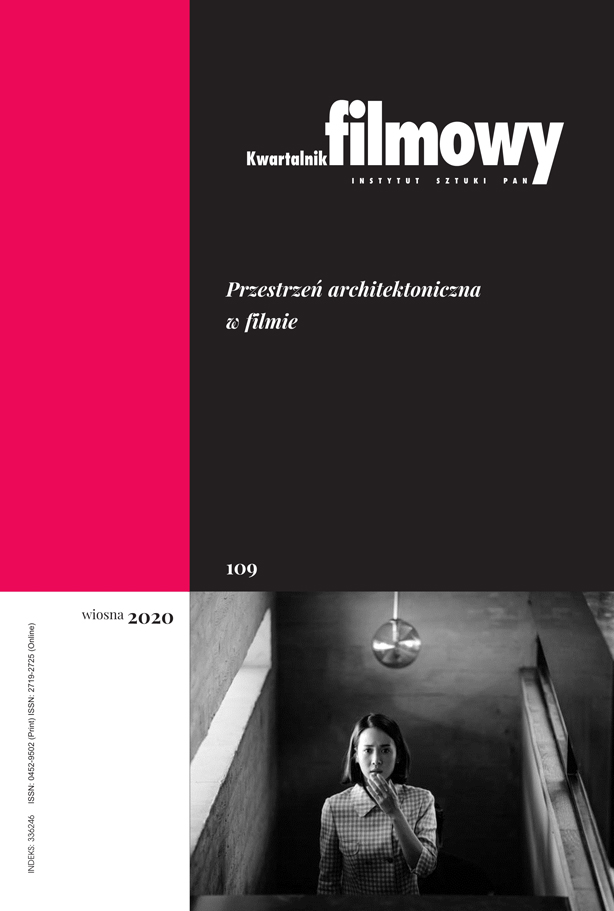Architektura, urbanistyka i wspólnota – „Byker” Sirkki-Liisy Konttinen
Architecture, Urban Planning and Community – „Byker” by Sirkka-Liisa Konttinen
Author(s): Karolina KosińskaSubject(s): Fine Arts / Performing Arts, Architecture, Visual Arts, Film / Cinema / Cinematography, Sociology of Art
Published by: Instytut Sztuki Polskiej Akademii Nauk
Keywords: Sirkka-Liisa Konttinen; Amber collective; British cinema; social realism; architecture; urban planning; community
Summary/Abstract: The article focuses on the project "Byker" (1983) by Sirkka-Liisa Konttinen, a member of the Amber Collective from Newcastle, documenting social life of the working-class communities in Northern England. On the one hand, the film is a record of the transformation of Byker (the city’s authorities decided to demolish the terraced houses, declaring them as slums, and to replace them with a modern development – blocks of flats designed by Ralph Erskine). On the other, it may be treated as a voice in the lively discussion concerning postwar British architecture and urban planning. Kosińska argues that "Byker", although quite nostalgic in tone, is above all – because of its hybrid form and also its complex rhetorical devices – trying to symbolically reverse the process of annihilation, to (re)construct the community, and to give the control over the living space back to this community. Kosińska refers to the arguments of Annabell Honess Roe and to the theory of the space as a social product formulated by Henri Lefebvre. She also places the film in the context of urban planning, using the account written by Peter Malpass that destroys the myth of success that accompanied the redevelopment of Byker.
Journal: Kwartalnik Filmowy
- Issue Year: 2020
- Issue No: 109
- Page Range: 86-105
- Page Count: 20
- Language: Polish

